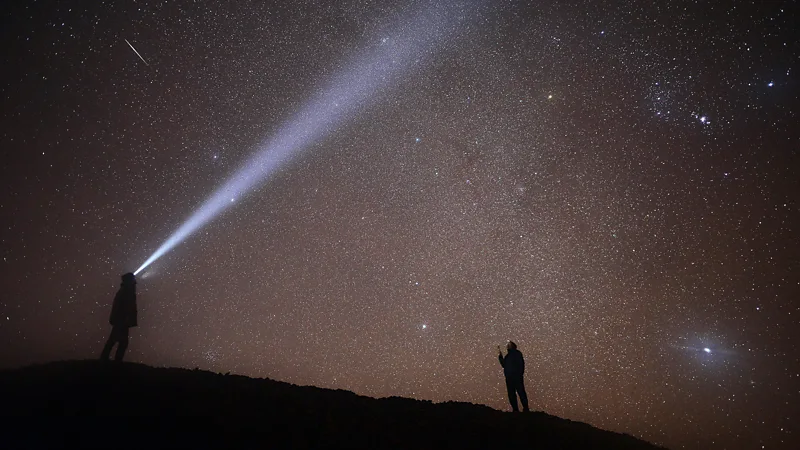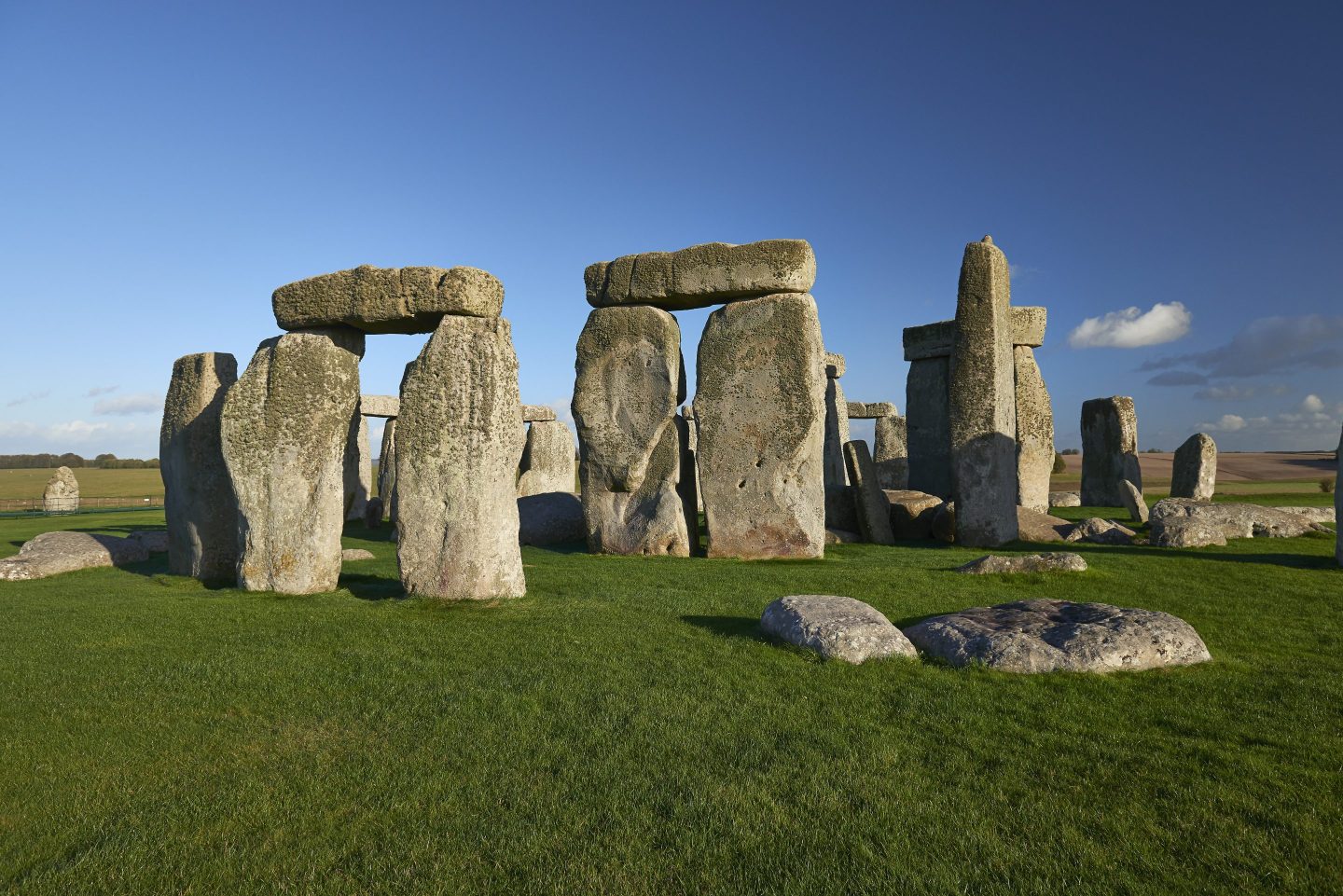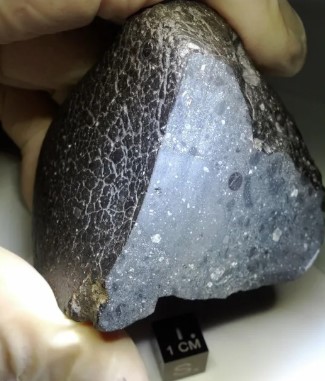Each year, as the cold December skies take hold, stargazers eagerly await the arrival of the Geminid meteor shower, one of the most spectacular celestial events in the sky. Unlike other meteor showers, the Geminids are known for their bright, multi-colored meteors and their remarkably intense display. However, the origins of this beautiful phenomenon are far from peaceful. The birth of the Geminid meteor shower is a violent event—a slow explosion in the vast expanse of space that began with a mysterious celestial body.
A Slow Explosion in Space: The Origins of the Geminid Meteor Shower
The Geminid meteor shower’s origins lie in an object that is neither a comet nor an asteroid, but something in between. In 1983, astronomers made a groundbreaking discovery when they identified a small rocky object named 3200 Phaethon. Unlike other comets that are made primarily of ice and dust, 3200 Phaethon is a rare “rock comet,” a celestial body that behaves more like an asteroid but with a peculiar orbit. It is this rocky object that is responsible for the spectacular Geminid meteor shower that dazzles the night sky every December.
What sets 3200 Phaethon apart from other space bodies is its explosive nature. Over time, it has been slowly breaking apart and leaving behind a trail of debris. When Earth passes through this debris field, the particles collide with our atmosphere at incredible speeds, creating the brilliant flashes of light that we observe as meteors. This slow explosion, which began millions of years ago, continues to shower the Earth with small but intensely bright meteors each year, peaking around December 13-14.
The Role of 3200 Phaethon: A Rock Comet at the Heart of the Shower
Unlike traditional comets, which develop tails of gas and dust as they approach the Sun, 3200 Phaethon does not release much gas. Instead, it is thought to shed small pieces of rocky material that, over time, have accumulated in space. This debris—ranging from dust-sized particles to larger fragments—forms the Geminid meteor stream. When the Earth crosses this stream, these particles enter the atmosphere and burn up, producing the stunning meteor display that has captivated observers for centuries.
The key to understanding the violent birth of the Geminid meteor shower lies in the history of 3200 Phaethon itself. It is believed that at some point in the past, a collision or an internal explosion within the body caused pieces of the object to break off. These fragments now make up the stream of debris that we encounter each December. While the object itself may have started as a simple asteroid, the violent event that shattered its surface and caused it to release its debris marks the beginning of the Geminid meteor shower. This explosion was not instantaneous but rather a gradual process that continues to affect the Earth today.
A Meteor Shower Unlike Any Other
What makes the Geminid meteor shower particularly captivating is its distinct characteristics. The meteors produced by the Geminid stream tend to be bright and colorful, with vibrant reds, greens, and blues often visible as they streak across the sky. This is due to the chemical composition of the particles that make up the debris—elements like sodium, calcium, and magnesium cause the colorful effects as they burn up in the atmosphere.
The Geminids are also one of the most reliable meteor showers, producing around 120 meteors per hour at its peak. While many meteor showers are known for their sporadic activity, the Geminids are renowned for their consistent and intense display. As Earth passes through 3200 Phaethon’s debris field year after year, the shower continues to produce stunning light shows, earning it a spot among the most anticipated celestial events for skywatchers.
The Future of the Geminid Meteor Shower
The Geminid meteor shower will continue to light up the December night skies for generations to come. However, it’s important to note that the shower’s intensity and frequency could change over time as the debris field evolves. As 3200 Phaethon continues to shed material and its orbit continues to evolve, the frequency and intensity of the meteor shower could either increase or decrease.
Astronomers are keeping a close eye on 3200 Phaethon, studying its composition, orbit, and the debris it releases. By better understanding this unique object, scientists can learn more about the formation and evolution of comets, asteroids, and even planets. Additionally, the study of meteors like those from the Geminid shower provides valuable insight into the processes that shape our solar system, offering clues to its violent and dynamic history.











Leave a Reply